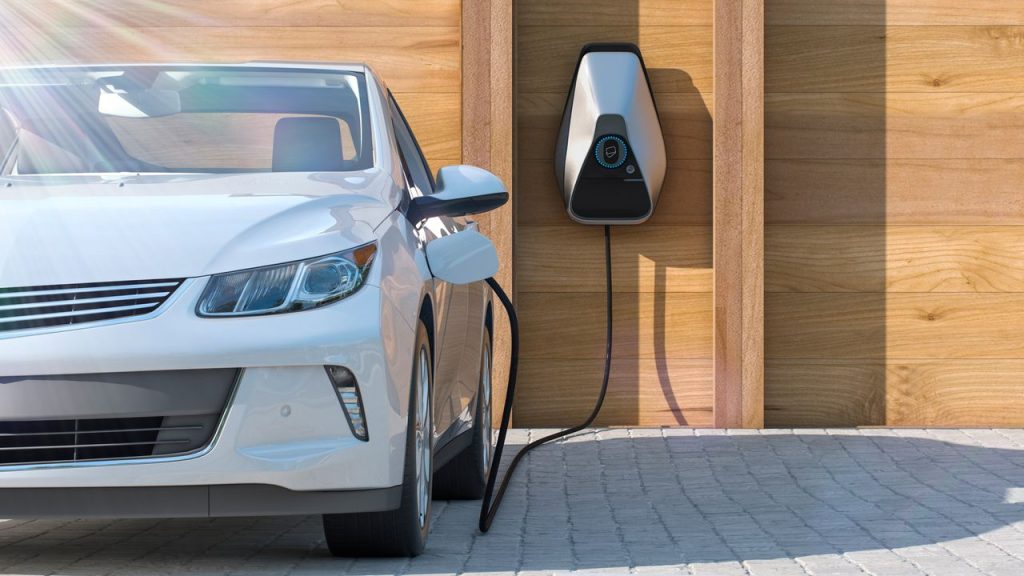Range Anxiety: Addressing the Fear of Running Out of Juice
One of the biggest concerns for electric vehicle (EV) owners is range anxiety. This term refers to the fear of running out of battery power before reaching a charging station. While EVs offer numerous environmental and economic benefits, the limited battery range and the availability of charging networks have been major obstacles for widespread adoption. However, the automotive industry has been actively addressing these concerns, working towards a future where range anxiety becomes a thing of the past.
Battery Range: Pushing the Boundaries
One of the primary factors contributing to range anxiety is the limited distance an EV can travel on a single charge. Early EV models had a relatively short battery range, typically around 100 miles. However, significant advancements have been made in battery technology, resulting in improved energy density and longer ranges.
Modern EVs, such as the Tesla Model S and the Chevrolet Bolt, boast ranges of over 200 miles, with some models even surpassing the 300-mile mark. These extended ranges are a game-changer, as they alleviate the fear of running out of power during daily commutes or longer trips.
Charging Networks: Expanding Accessibility
Another crucial aspect of addressing range anxiety is the development of a robust charging infrastructure. EV owners need convenient access to charging stations, both at home and on the road, to feel confident in their vehicle’s ability to meet their daily driving needs.
Fortunately, charging networks are rapidly expanding, with both public and private entities investing in the deployment of charging stations. Companies like ChargePoint, EVgo, and Electrify America are building extensive networks of charging stations across the country, making it easier for EV owners to find a charging point wherever they go.
In addition to public charging stations, home charging solutions are becoming increasingly popular. Many EV owners opt to install Level 2 chargers at their residences, allowing them to conveniently charge their vehicles overnight. This accessibility eliminates the need to rely solely on public charging infrastructure and significantly reduces range anxiety.
Improved Charging Infrastructure: Faster and More Efficient
While expanding the number of charging stations is crucial, it is equally important to improve the charging infrastructure’s speed and efficiency. Long charging times can be a significant deterrent for potential EV buyers, as they fear being stranded while waiting for their vehicle to recharge.
Fortunately, advancements in charging technology are addressing this concern. The introduction of Level 3 DC fast chargers, also known as “superchargers,” has revolutionized the charging experience. These chargers can provide an 80% charge in as little as 30 minutes, making long-distance travel in an EV more feasible and convenient.
Furthermore, research and development efforts are focused on developing even faster charging solutions. Companies like Tesla are working on ultra-fast charging technology that aims to provide a full charge in a matter of minutes, similar to refueling a traditional gasoline-powered vehicle.
Conclusion
Range anxiety is a legitimate concern for many potential EV buyers. However, the automotive industry’s continuous efforts in improving battery range, expanding charging networks, and enhancing charging infrastructure are effectively addressing this fear. With longer battery ranges, widespread charging networks, and faster charging solutions, range anxiety is gradually becoming a thing of the past. As these advancements continue, the transition to electric mobility will become more seamless, ultimately leading to a greener and more sustainable future.


